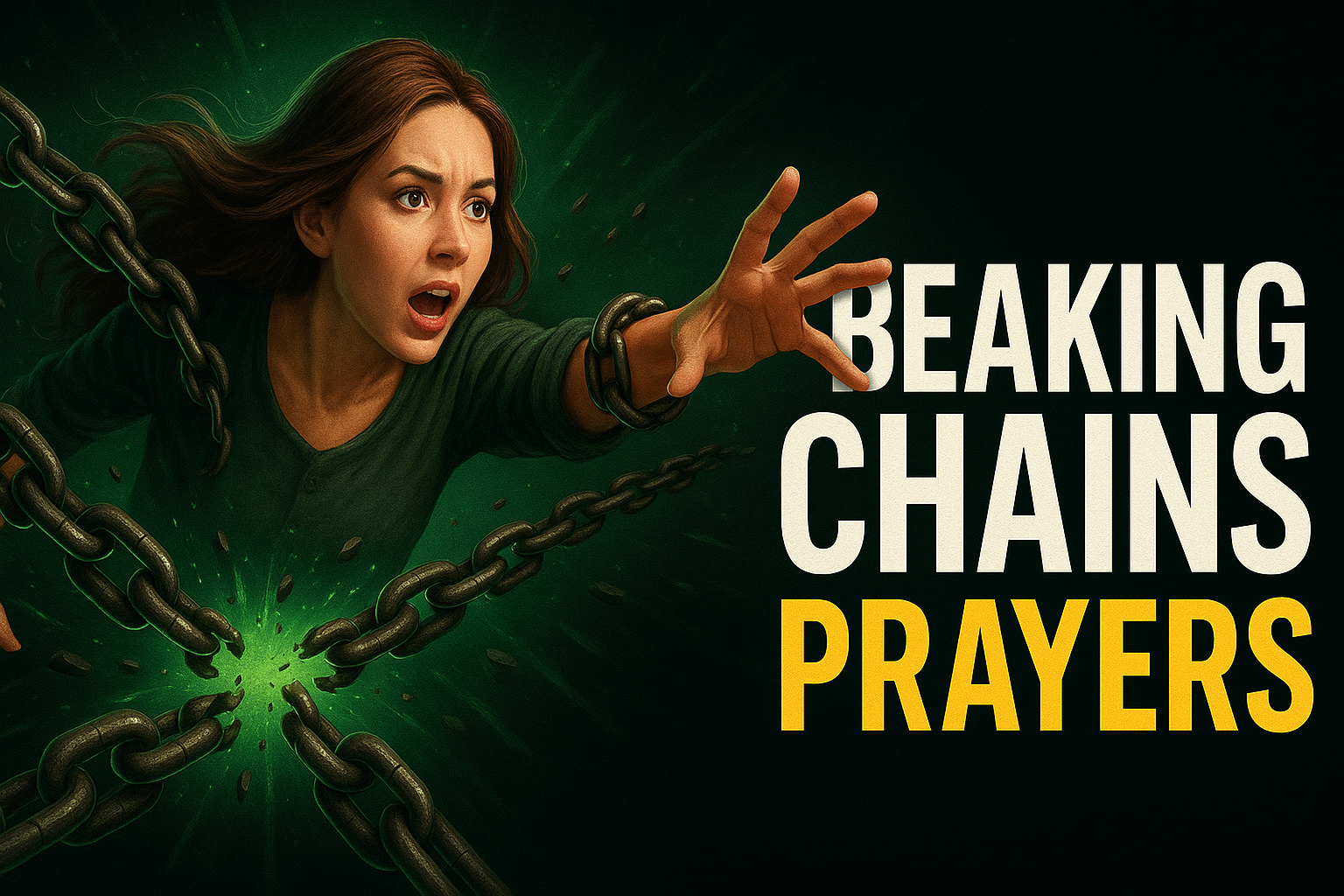
What does “peace in chaos” actually mean, going beyond the surface-level understanding of finding calm amidst disorder? How does it differ from simply tolerating chaos, and what are the specific strategies – both internal and external – that enable someone to cultivate this state? Is “peace in chaos” a realistic and sustainable state of being, or is it a fleeting, idealized concept? And finally, are there specific contexts, like personal crises, societal upheaval, or creative endeavors, where the pursuit of “peace in chaos” is particularly relevant or valuable, and in what situations might it be detrimental?
Answer
Peace in chaos refers to a state of inner tranquility and stability experienced amidst external turmoil, uncertainty, or disorder. It is the ability to maintain a sense of calm, focus, and purpose even when surrounded by challenging or unpredictable circumstances. It’s not about eliminating chaos, which is often an inherent part of life, but rather about finding a way to navigate it without being overwhelmed or consumed by it.
The concept involves several key elements:
- Inner Resilience: A developed capacity to cope with stress, adapt to change, and bounce back from adversity. This is often cultivated through practices like mindfulness, meditation, or cognitive reframing.
- Acceptance: Acknowledging and accepting the reality of the chaotic situation without resistance or denial. This doesn’t mean condoning the chaos, but rather recognizing its presence and choosing how to respond to it.
- Mindfulness and Presence: Staying grounded in the present moment and focusing on what is within one’s control, rather than dwelling on anxieties about the future or regrets about the past.
- Perspective: Maintaining a broader perspective and recognizing that the chaos is often temporary or limited in scope. It involves understanding that even in the midst of difficulty, there may be opportunities for growth or learning.
- Purpose and Values: Anchoring oneself in a clear sense of purpose and aligning one’s actions with one’s values. This provides a sense of direction and meaning, even when external circumstances are uncertain.
- Emotional Regulation: Managing and regulating one’s emotions in a healthy way, avoiding reactive or impulsive behaviors. This can involve techniques like deep breathing, journaling, or seeking support from others.
Is it truly achievable?
Yes, peace in chaos is achievable, although it requires conscious effort, practice, and a willingness to change one’s mindset. It’s not a constant state of bliss, but rather a skill that can be developed and honed over time. Here’s why it’s attainable:
- Neuroplasticity: The brain’s ability to reorganize itself by forming new neural connections throughout life means that we can train ourselves to respond to chaos in a calmer and more resilient way.
- Cognitive Reframing: Our thoughts influence our emotions, and by consciously reframing our thoughts about chaotic situations, we can change our emotional response. For example, instead of viewing a challenge as a threat, we can view it as an opportunity for growth.
- Mindfulness Practices: Regular mindfulness and meditation practices have been shown to reduce stress, increase emotional regulation, and improve focus, all of which contribute to a greater sense of inner peace amidst chaos.
- Resilience Building: Developing coping mechanisms, building strong social support networks, and engaging in self-care activities can enhance resilience and enable us to navigate difficult situations with greater ease.
- Historical and Personal Examples: Throughout history, individuals have demonstrated the ability to maintain peace and composure in the face of extreme adversity. This demonstrates that inner peace is not just a theoretical concept, but a real possibility. Individuals facing personal crisis, political unrest, or natural disasters often find ways to maintain their inner equilibrium.
However, it’s important to acknowledge that achieving peace in chaos is an ongoing process, not a destination. There will be times when it is more challenging than others, and setbacks are inevitable. Furthermore, the degree to which one can achieve peace in chaos may vary depending on the severity and nature of the chaotic situation. Traumatic events, for example, may require professional support and a longer period of healing. But with consistent effort and the right tools, it is possible to cultivate a sense of inner stability and peace, even when the world around us is in turmoil.
Pray This Prayer
O Lord, in this world of swirling chaos, a tempestuous sea of uncertainty and strife, we seek your guiding light. We are tossed and turned by the waves of worry, fear, and discontent, and often find ourselves grasping for something solid, something that will not be swept away.
We ask for clarity, Lord, to understand what peace in chaos truly means. Is it merely the absence of outward conflict, a temporary lull in the storm? Or does it reside deeper, a steadfast serenity within our souls, a quiet knowing amidst the turmoil?
Is it truly achievable, Lord? Can we truly find that inner stillness when everything around us is crumbling, when loved ones are suffering, when the very foundations of our lives seem to be shaking?
We pray for the strength to believe that it is. Grant us the wisdom to see that peace is not the absence of problems, but the presence of Your Spirit within us. Help us to cultivate that inner garden, a sanctuary of faith where we can find refuge from the storms of life.
Teach us to focus not on the chaos raging around us, but on the still, small voice within. Remind us that even in the deepest darkness, Your light still shines. Grant us the grace to trust in Your unwavering love, even when we cannot see the path ahead.
Help us to become beacons of peace in a world desperate for calm, radiating your love and compassion to those around us.
May we find true peace, Lord, not as a fleeting moment, but as a constant companion, a testament to your abiding presence in our lives.
Amen.
